In the world of email marketing, email automation is a game changer. It’s not just a tool; it’s a strategic powerhouse that has revolutionised how businesses connect with their audiences.
Automation will transform your marketing and boost business growth. Let’s dive into the world of email automation, uncovering its pivotal role in crafting marketing strategies that save time and drive higher engagement for generating leads.
Buckle up, because the benefits and insights we’re about to explore will change the way you approach marketing.
What Is Email Automation?
So, what exactly is email automation? Email automation is the process of automating your email marketing. It acts like your virtual marketing assistant, tirelessly working in the background and sending out emails based on specific triggers and pre-determined conditions. It’s all about sending the right message to the right person at the right time.
Fundamental Principles
Email automation revolves around personalisation, segmentation and timing. It’s about tailoring your messages to cater to different audience segments or groups and automating the process to save you time and effort.
Setting Up Automated Campaigns
Setting up automated email campaigns can be complex but thankfully email marketing platforms make it easier. You select your trigger, create your email content, set the conditions and voila! Your emails are set to go out automatically.
The Benefits of Automation: Enhancing Your Strategy
Now, let’s explore how email automation seamlessly integrates into your broader email marketing strategy, enhancing your outreach across various channels.
Maximising into your Email Marketing Strategy
Automation ensures consistent, timely communication with your audience. It’s a dynamic tool that complements other marketing channels like social media and content marketing. Automation helps maintain a cohesive brand message, strengthening your overall marketing impact.
Increasing Engagement for Higher Revenue
Picture this: targeted, timely emails landing in your customers’ inboxes, sparking their interest and driving them to take action. That’s the magic of automation. A study found that ‘sending an immediate welcome email increases open rates by 78%, doubles click rates, and generates transaction rates and revenue per email that are 12 times higher than sending welcome emails at a later time.‘ Cheetah Digital. This level of engagement directly translates into boosted revenue streams, proving the real financial impact of automation.
Crafting a Personalised Customer Experience
Automation brings personalization to the forefront. It allows you to communicate with your audience in a way that feels tailor-made just for them. By delivering content that resonates, you’re not just sending emails, you’re creating an experience. This tailored approach leaves your customers feeling valued and understood, ultimately leading to greater satisfaction and loyalty.
Generating Leads and Nurturing Swiftly
Automation isn’t just about sending emails; it’s a master at lead generation and nurturing. It’s highly effective at consistently generating leads. Through carefully crafted onboarding sequences, you can nurture potential customers right from their first interaction, paving the way for meaningful connections.
Efficiency, Precision, and No Lost Leads
Automation is your vigilant assistant, ensuring no lead slips through the cracks. Those follow-up emails? Handled. Those timely reminders? Sent. This efficiency not only saves you time but also drastically reduces the risk of human error, ensuring every opportunity is seized.
Precision Targeting and Segmentation
By segmenting your audience based on behaviour, demographics or preferences, you can send content that’s highly relevant to each recipient. This targeted approach significantly boosts engagement rates and fosters a deeper connection with your audience.
Speeding Up the Sales Cycle
Automation can help to shorten the sales cycle by streamlining the process from lead to conversion. Through strategic workflows, you can guide your prospects smoothly down the buyer’s journey, turning leads into loyal customers at an accelerated pace.
Fueling Data-Driven Business Growth
Every interaction in an automated campaign generates invaluable data. This data, when harnessed effectively, drives continuous improvement. It’s the compass that guides your marketing strategy, helping you refine and optimise future campaigns for even greater success.
Enhancing Deliverability and Reputation
Email service providers value engagement data. Automation maximises this critical engagement window, demonstrating to providers that your emails contain genuine value. This boosts open and click-through rates. It also helps to strengthen your email deliverability reputation, ensuring your messages reach the right inboxes, every time.
How to Use Email Automation: Mastering the Art
Now that you’ve understood the benefits of automation, what are the steps you need to take to set up your automations to start generating leads?
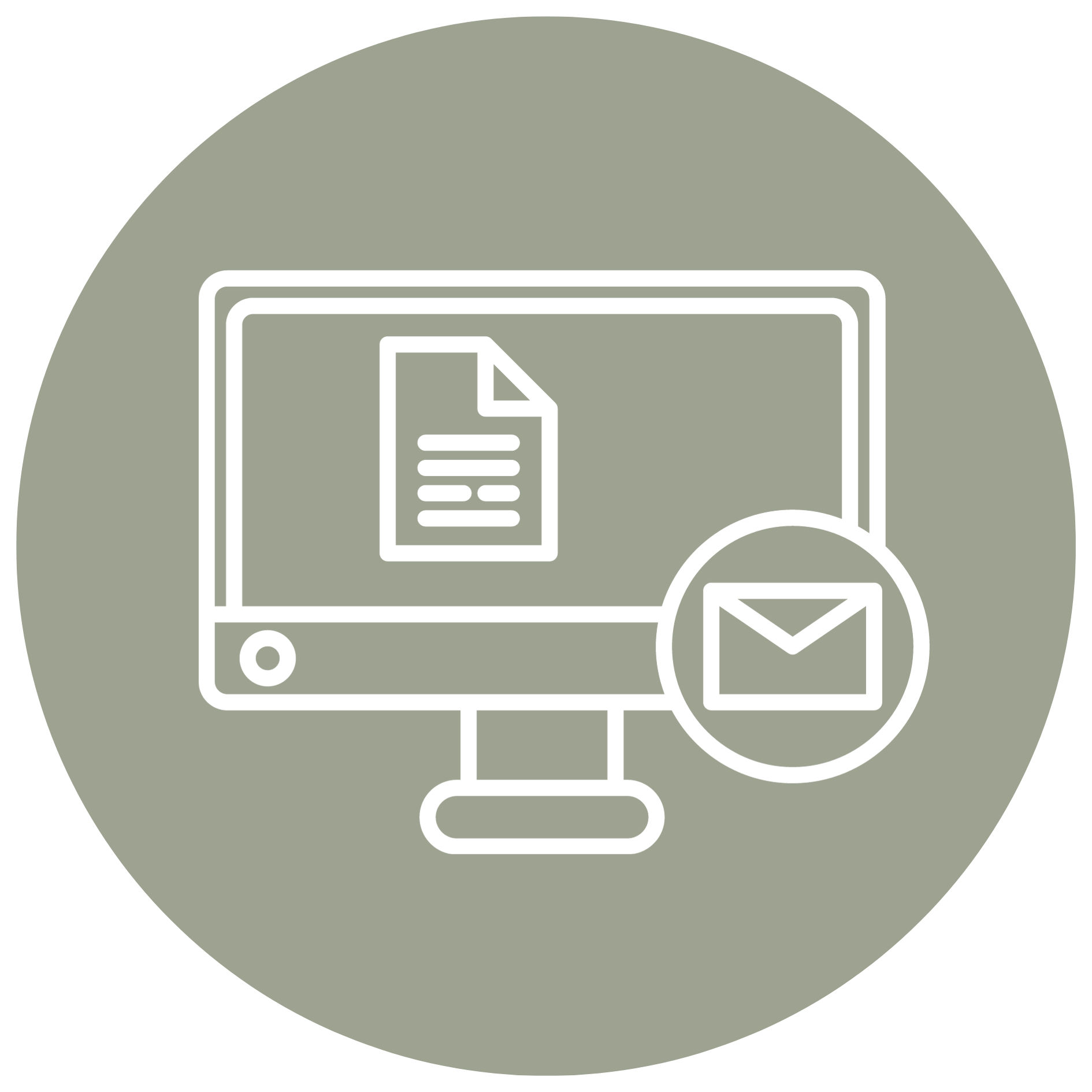
1. Selecting the Right Automation Platform
Choosing the right email service provider sets the stage for success. Look for one that offers powerful automation capabilities and aligns with your specific business needs. As a certified Mailerlite Expert, I highly recommend Mailerlite*, especially for service-based businesses.

2. Segmenting Your Audience
Segmentation allows you to speak to your audience’s unique characteristics, preferences and behaviours. Tailoring your content to different buyer personas ensures you’re sending the most relevant messages.
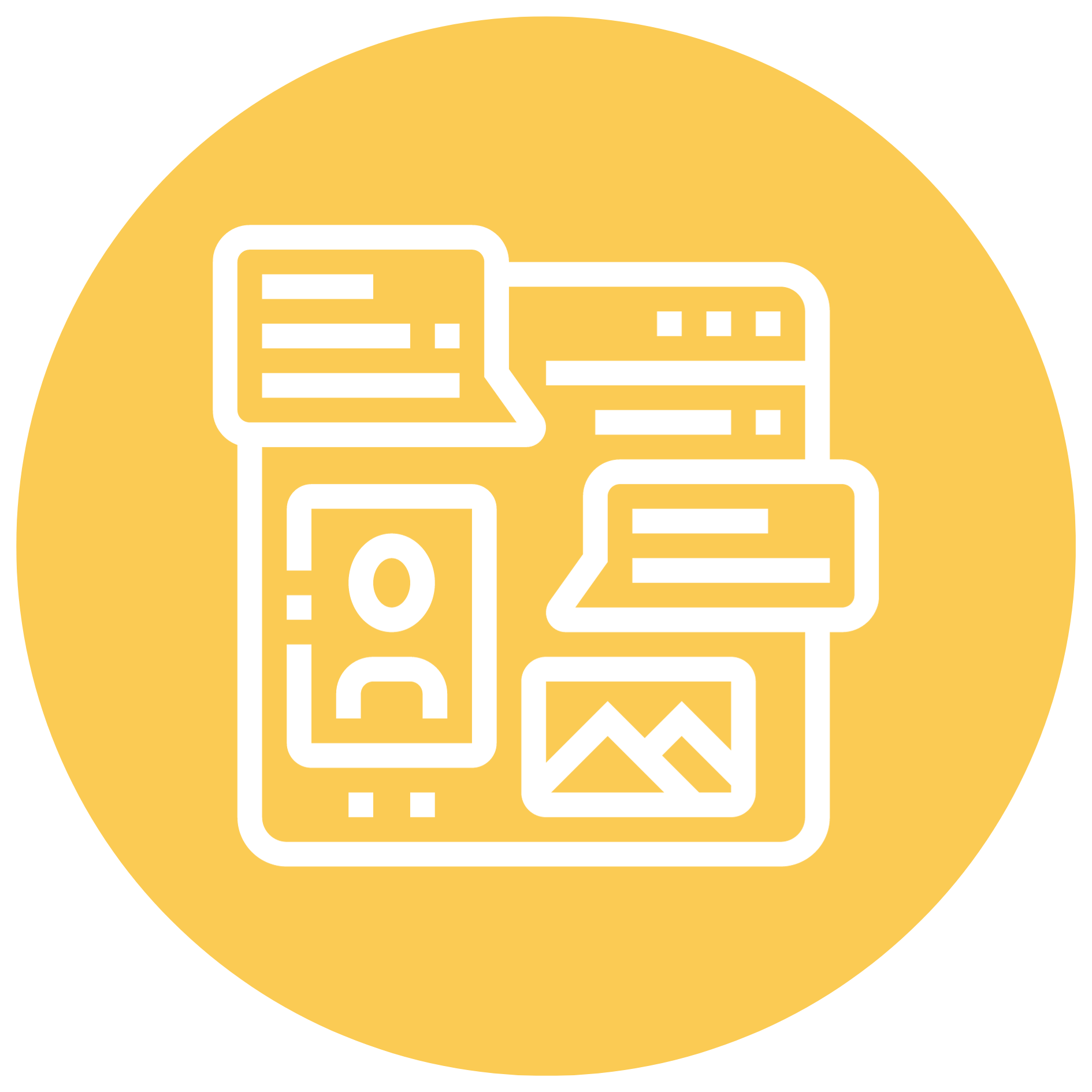
3. Crafting Engaging Automated Content
Content is king, even in automation. Keep it engaging and relevant. Personalisation and dynamic content are your friends here. Address your subscribers by name and tailor your content to their interests for that extra touch.
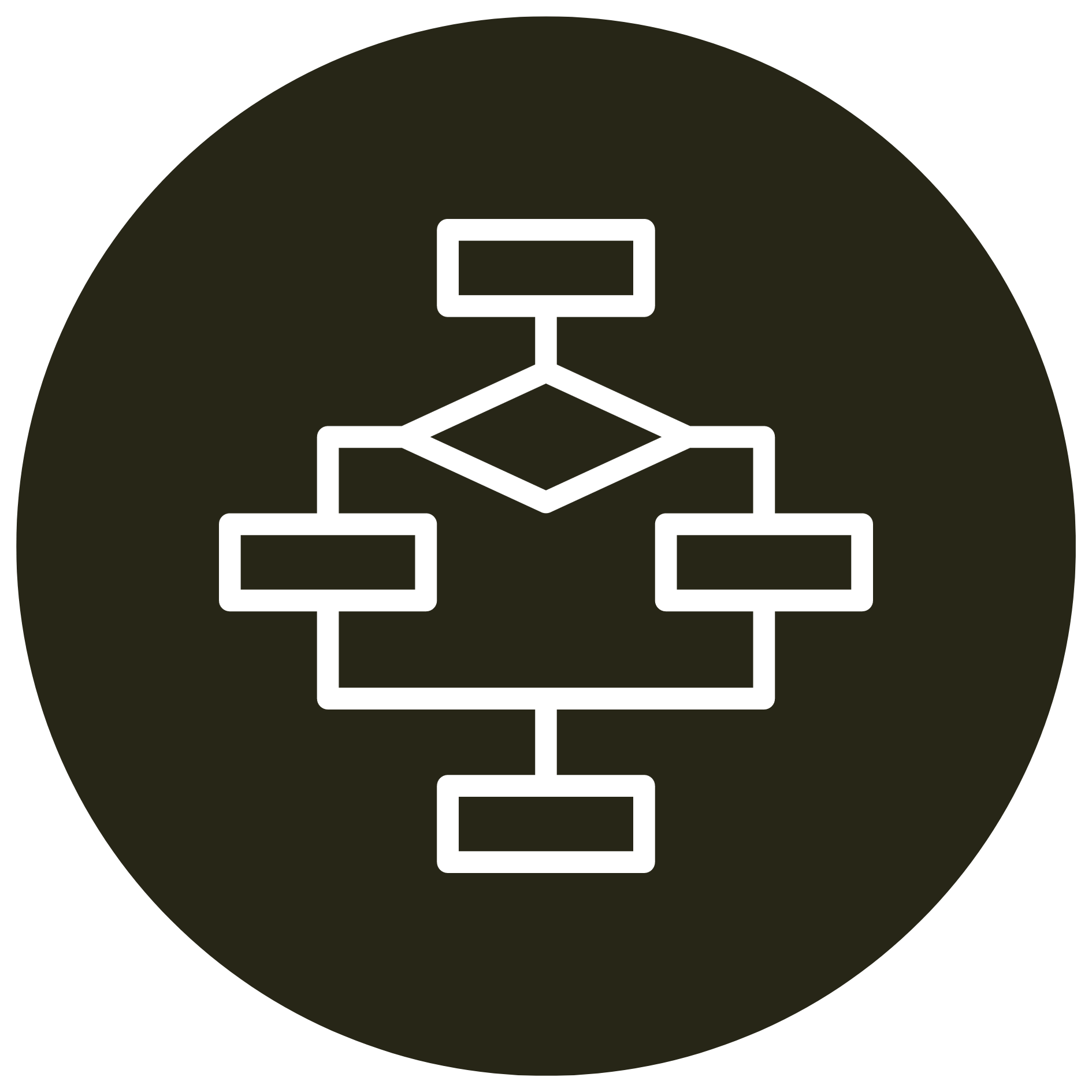
4. Setting Triggers and Workflows
Triggers and workflows are the backbone of automation. Triggers are the events or actions that kick-start your automated emails, while workflows are the paths those emails follow. For instance, a user’s behaviour or a specific time can trigger an email.
5. Testing and Optimising
The magic of A/B testing comes into play here. Experiment with different elements in your emails – subject lines, content, visuals. See what engages subscribers most and refine your campaigns accordingly. It’s all about constant improvement.
These steps are the building blocks to an automated email strategy that not only saves you time but also delivers exceptional results. Let’s put them into action!
Types of Email Automation
So what can you automate? Quite a lot actually.
The benefits of automation are boundless and there are a number of creative ways that it can be harnessed for generating leads, nurturing and converting them into loyal customers and propelling business growth.
Welcome Series: A series of emails sent to new subscribers or customers to introduce them to your brand, set expectations and nurture the relationship.
Abandoned Cart Recovery: Automated emails sent to users who have added items to their cart but left the website before completing the purchase, encouraging them to complete their transaction.
Lead Nurturing Campaign: A series of emails designed to educate and nurture leads through the sales funnel, providing valuable content and gradually moving them closer to making a purchase.
Product Recommendations: Automated emails that suggest products or services based on a customer’s browsing or purchasing history, increasing the likelihood of a repeat purchase.
Re-engagement Campaign:Emails sent to inactive subscribers or customers in an attempt to rekindle their interest and encourage them to re-engage with your brand.
Birthday or Anniversary Emails: Personalised emails sent on a subscriber’s birthday or the anniversary of their first interaction with your brand, enhancing customer loyalty and potentially driving sales.
Post-Purchase Follow-up: Automated emails sent after a customer makes a purchase, providing order confirmation, tracking information, and opportunities for reviews or cross-selling.
Event or Webinar Promotion: Emails that promote upcoming events, webinars, or workshops, providing details, registration links, and valuable content to entice recipients to attend.
Feedback and Surveys: Automated emails requesting customer feedback or surveys to gather insights, improve products or services, and gauge overall satisfaction.
Things to Consider About Automation
It’s important to keep a few key considerations in mind to ensure your automated campaigns run like a well-tuned engine, generating leads and propelling your business towards success.
1. Balancing Frequency of Emails: Find the right rhythm to engage without overwhelming, and segment your audience for tailored email frequency.
2. Ensuring Optimal Timing of Emails: Prevent inbox overload by managing lists to avoid excessive emails from multiple sources.
3. Regularly Reviewing Sequences: Keep your automated emails fresh and relevant by staying updated with evolving trends and offers.
4. Personalization and Relevance: Craft emails that feel personalised with dynamic content and targeted segmentation.
5. Compliance and Data Protection: Stay compliant with data protection laws, ensuring transparency and obtaining proper consent for email communications.
6. Monitoring Deliverability and Engagement: Maximise your emails’ effectiveness by tracking and enhancing deliverability rates, and engaging through authentication and optimised content.
7. Analysing and Acting on Data Insights: Utilise data from automated campaigns to inform marketing decisions and refine future strategies for even greater success.
8. Avoiding Over-Automation: Strike the right balance between automated and manual communication to prevent overwhelming your audience and maintain a personal touch.
Conclusion
Email automation is your key to effective marketing. From soaring engagement rates to seamlessly generating leads, the benefits of automation are boundless. It saves time, allows you to send more relevant content and boosts revenue. An automated approach creates a better customer experience and nurtures leads effectively.
Overall, email automation is a game changer. But while automation is powerful, finding the right balance with manual communication is crucial. Over-automation risks alienating your audience. Maintaining a personal touch ensures a genuine and lasting connection.
If you want to explore the many benefits of email automation while striking that fine balance with manual communication, then join my upcoming Effective Marketing program where you will learn all about how to start generating leads and tailor automation for your business. In this program, you’ll not only learn in-depth insights for marketing your business, but also how to effectively use all your marketing platforms to create a holistic strategy to drive business growth.
Supercharge your marketing and get onto the waitlist. Spots are limited so ensure you get in the forefront and let’s grow your business together!
*This article includes a Mailerlite affiliate link. There is no extra cost to you but I receive a small amount if you upgrade to a business account.
4 Simple Steps to Start Email Marketing
Looking to start email marketing but no idea where to start?
Learn how to:
- Generate leads consistently
- Build an engaged mailing list
- Generate more revenue
But how do you get people onto your list?
Follow this 4 step guide to get started.

Email Marketing Laws
Understand email marketing laws, avoid penalties, protect your reputation and build customer trust. Read more…
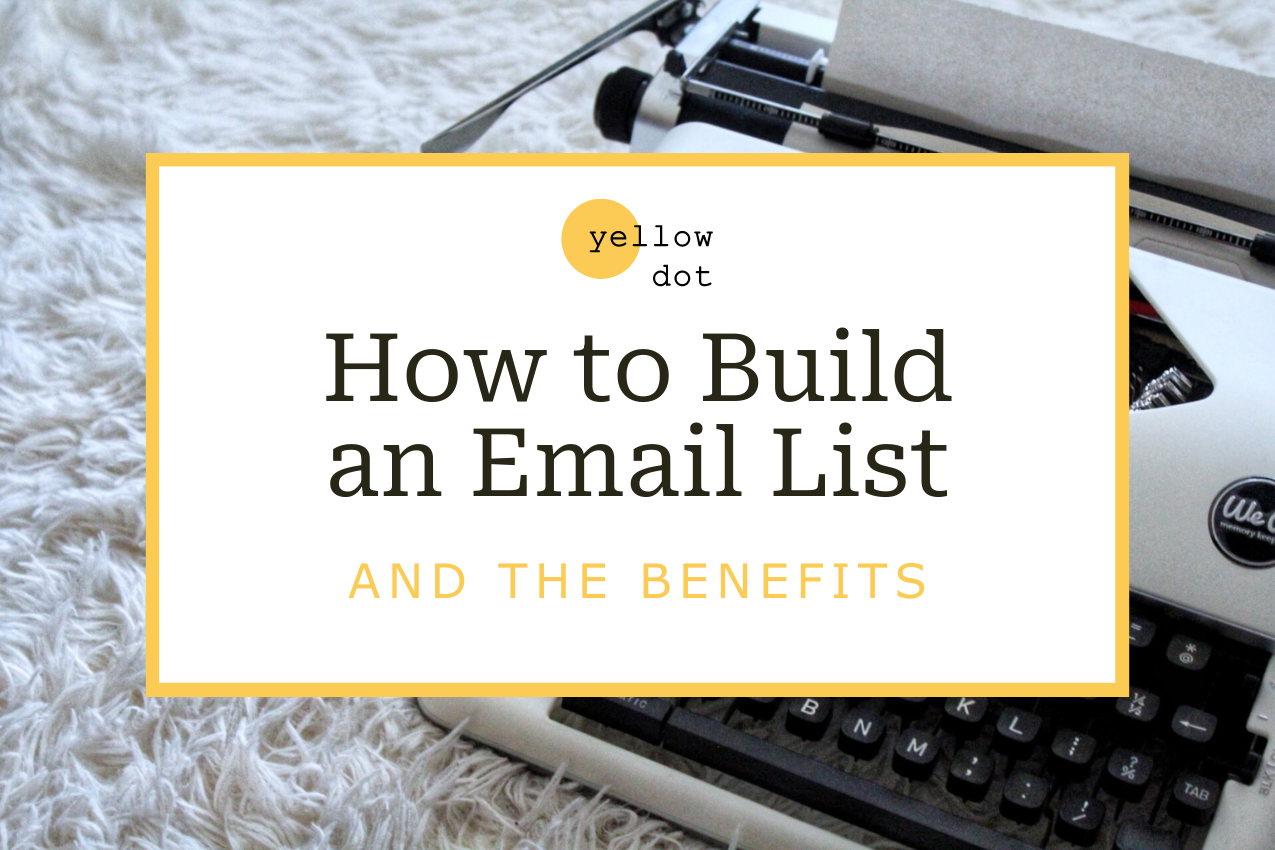
How to Build an Email List
Do you want to generate more leads for your business? Build an email list! Read more…
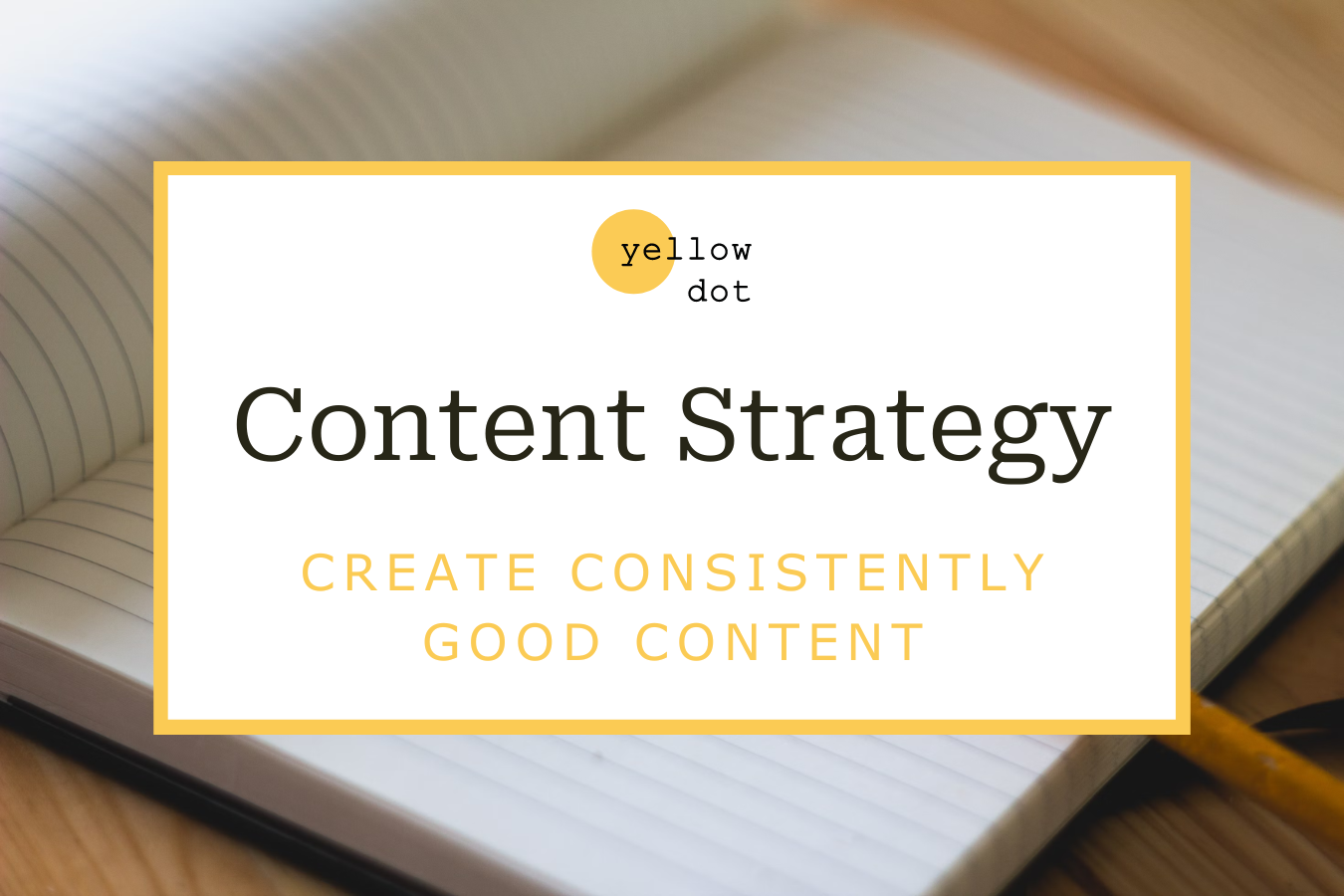
Best Email Subject Lines
Discover best email subject lines to engage subscribers, including examples. Read more…

